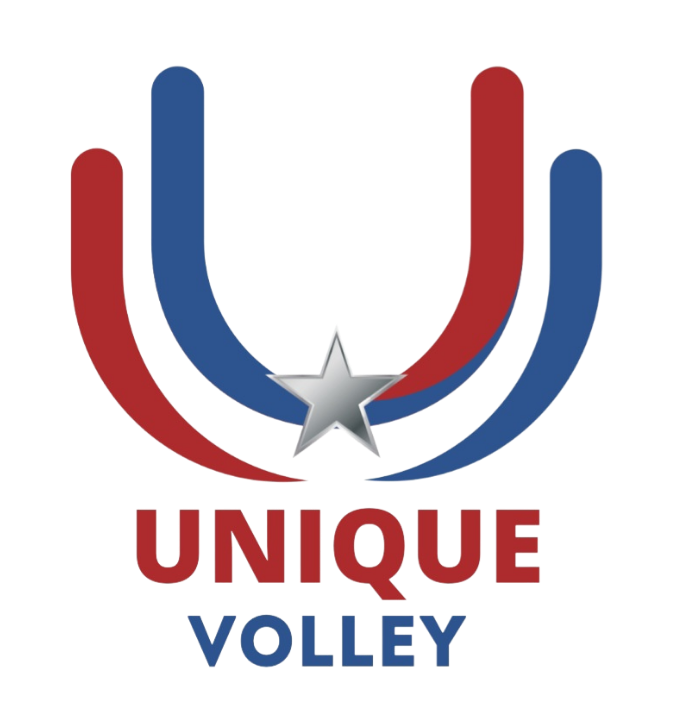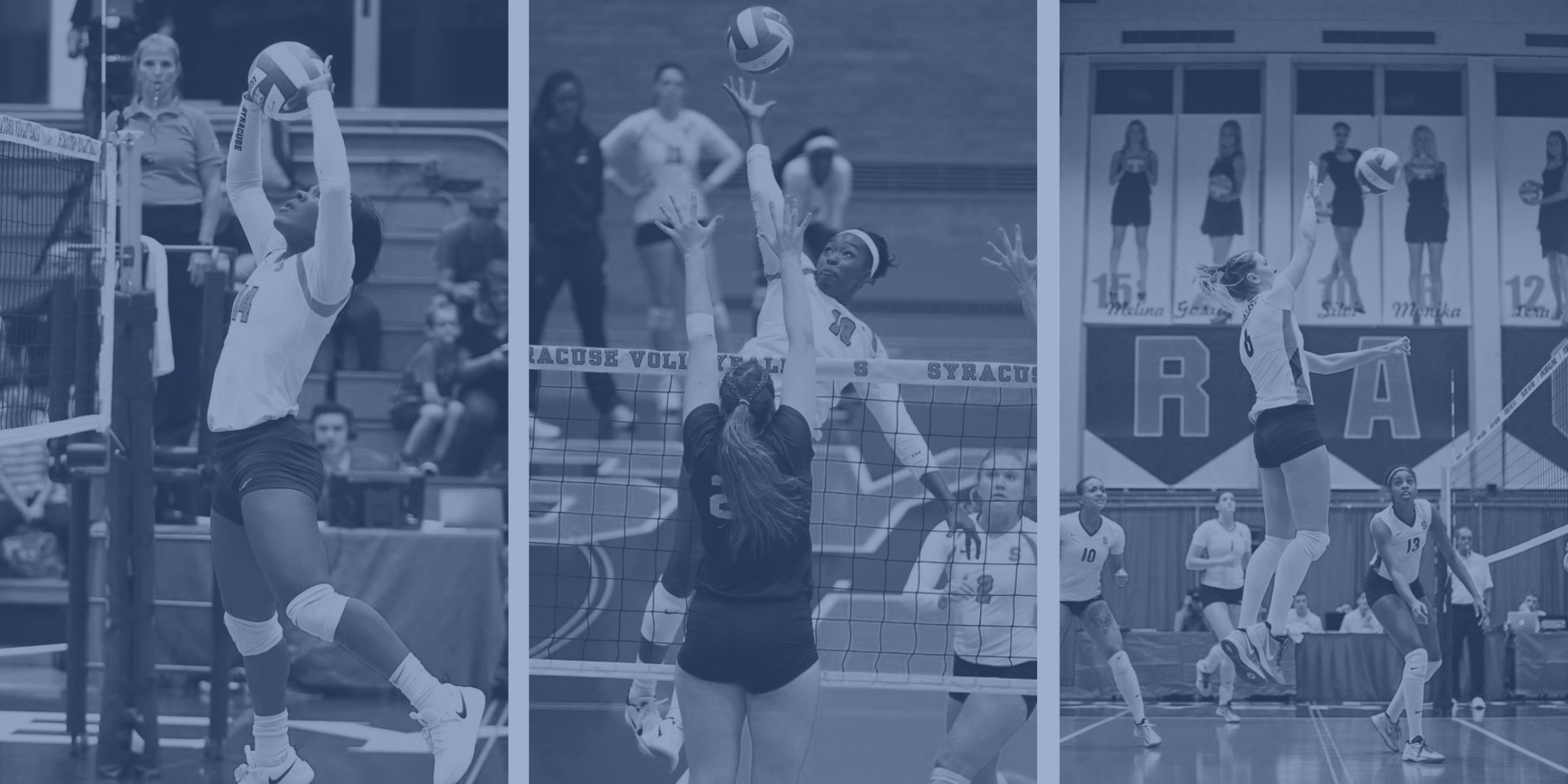Everything You Need to Know About Sports Scholarships
Unique is here to help student-athletes achieve their dream of playing college sports in the United States while earning a sports scholarship. We connect athletes directly with college coaches across the NCAA, NJCAA, and Ivy League programs.
If you’re between 14 and 24 years old, you may qualify for a sports scholarship at a U.S. college or university.
On average, we help student-athletes receive scholarship offers worth $35,000 per year.
Our experienced team of former college athletes will guide you and your family through every step of the college recruitment process, connecting you directly with university coaches who are ready to offer you a scholarship.
Your Chances of Getting a Sports Scholarship
If you’re 14–24 years old, currently in school or graduated within the last two years, competing at a high level in your sport, and have a clean record, you’re in a strong position to earn a sports scholarship.
However, you must be prepared for the commitment. For example, Division I athletes often dedicate 80+ hours per week to balancing academics and athletics.
Can International Students Get U.S. Sports Scholarships?
Absolutely! Over 20,000 international student-athletes are currently competing in U.S. college sports at all three NCAA division levels.
The good news is there are plenty of opportunities for international athletes to combine education and sports in the U.S. But to be recruited, you must go through the college recruiting process just like domestic athletes.
How High School Athletes Should Prepare
It’s never too early to start the recruiting process — especially as an international student-athlete.
Many athletes delay reaching out to coaches, assuming they’ll be discovered. In reality, unless you’re among the top 1% in your sport nationwide, coaches are unlikely to find you on their own.
That’s why being proactive is crucial:
- Contact coaches early instead of waiting for them to reach out
- Gather your athletic and academic highlights into a resume
- Create a recruiting video showcasing your best performances
- Research schools that match your academic and athletic goals
- Start scheduling core NCAA-approved courses as early as your first year in high school
Unique will walk you through this process step by step, helping you understand what’s required every year to keep your eligibility and maximize your chances.
When Does the Recruitment Process Start?
For college coaches, recruitment often begins years in advance. Some coaches start recruiting athletes as early as ninth grade.
That’s why starting early is key. If you wait until your senior year, your chances of getting noticed — especially for a full-ride scholarship — become much lower.
Full-Ride Scholarships: How Hard Are They to Get?
Only about 1% of student-athletes receive a full-ride scholarship. These scholarships typically cover:
- Tuition & fees
- Books & supplies
- Room & board
- Sometimes, additional living expenses
However, you’ll still need to cover certain costs:
- Duolingo or SAT registration(depending on school) – approx. ($70 – $125)
- TOEFL registration (international students) – approx. $195
- NCAA or NAIA eligibility fees – approx. $125
- Visa costs (international students) – approx. $450
- Flights – approx. $750
- Personal expenses – approx. $1,000
Do All Universities Offer Sports Scholarships?
No — not all U.S. colleges and universities provide athletic scholarships.
- NCAA Division I & II, NAIA, and NJCAA schools do offer athletic scholarships.
- Ivy League and NCAA Division III schools do not offer athletic scholarships, but they often provide academic or need-based financial aid.
Being a well-rounded student-athlete — excelling both academically and athletically — gives you access to more opportunities and better financial aid packages.
Understanding the Different College Divisions
NCAA (National Collegiate Athletic Association)
- Division I: 351 schools, largest athletic budgets, highest competition level.
- Division II: 308 schools, competitive athletics with more academic balance.
- Division III: 443 schools, no athletic scholarships, but strong academic support.
NAIA (National Association of Intercollegiate Athletics)
- 250 member institutions
- Sponsors 14 sports with 25 national championships
- Ideal for athletes seeking smaller campuses and competitive opportunities
NJCAA (National Junior College Athletic Association)
- 525 member schools
- Great option for athletes looking to develop skills and transfer to NCAA/NAIA programs later
- Divided into regions and levels of competition
Choosing the Right University
Selecting the best-fit university requires balancing multiple factors:
- Academic fit – Does the school offer your desired major?
- Athletic fit – Is the program competitive and aligned with your goals?
- Financial fit – Can you secure scholarships and aid to afford tuition?
- Social fit – Does the campus culture match your lifestyle?
Unique will help you evaluate your options and make a decision that sets you up for long-term success.
FAQ
Can an athlete who played in a professional team get a scholarship?
No, he needs to be classified as an amateur.
What is the difference between NCAA and NJCAA?
NCAA are 4 year schools and they are divided in 3 Divisions. According to the NCAA rules only Division I and Division II can provide scholarships to athletes. Division III normally does not. Division I schools are mostly big schools and Division II and Division III are smaller ones.
NJCAA are 2 year schools, they are divided into divisions and regions. They provide scholarships as well, smaller ones than NCAA but not all the schools.
Full ride scholarship
A full ride covers tuition, books, room and sports related clothing & equipment.
What and when is the quiet period?
During this period, coaches cannot evaluate you as an athlete outside of their college campus or see you compete. They can still send you a message or call you though.
The dates are always changing every year. But some dates are always set such as all August. During the championship finals which take place around December. As well as, December 1st to January 15th(after championship and during winter break)
What is a National Letter of Intent (NLI)?
It’s a contract between you and the school that you are planning to attend. After signing this contract, you are committed to the school and you are not allowed to sign with any other school.



